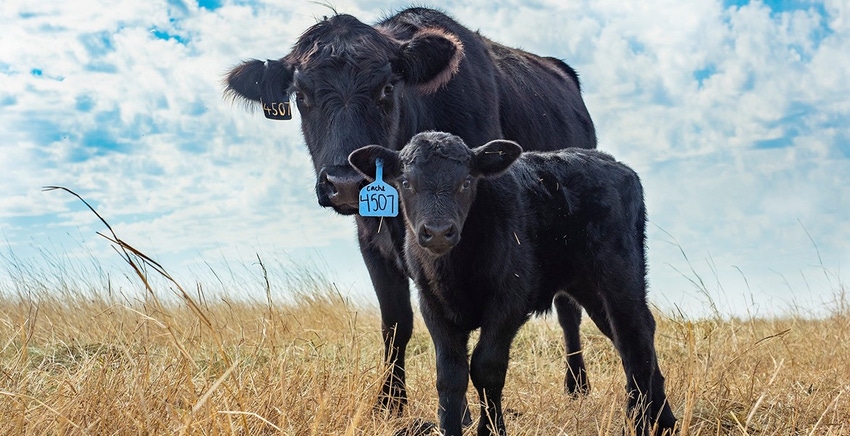House Ag Committee chairman bill provides insurance premium subsidy for small ranchers and establishes indemnity program.

House Agriculture Committee Chairman David Scott introduced the Small Family Farmer and Rancher Relief Act aimed at helping provide additional resources to small ranchers. However, the largest cattle group was not consulted in the drafting of the bill and expressed initial concerns with the bill.
“As I have said time and again, it is a crisis in this nation that we have lost an average of 17,000 cattle ranchers per year. The drivers of this loss are complex and multi-faceted, and I applaud many of the efforts my colleagues have taken to try and improve the cattle industry,” Scott says. “While their legislative proposals tackle issues like consolidation and transparency, I have not seen enough emphasis on direct help for our small farmers and ranchers. The Small Family Farmer and Rancher Relief Act that I introduced today does just that.”
The first pillar of Scott’s bill provides small cattle operations with financial assistance by strengthening the safety net. The legislation achieves this by offering an increased premium subsidy for small ranchers (including beginning and veteran ranchers) insuring a herd of 100 cattle or less under Livestock Risk Protection insurance policies. Similar to how the Micro Farm Program provides a targeted insurance policy to small producers, this additional premium assistance will make a key risk management tool more affordable for our small producers. In addition, the bill offers incentives for insurance agents to better market Livestock Risk Protection policies to small producers.
The bill also creates a USDA indemnity program that provides relief to small producers when the price spread dramatically exceeds a historical average. This program provides small producers with a safety net to protect against volatility and unfairness in the marketplace.
The bill additionally provides resources to USDA to educate producers and insurance agents on the utility of the livestock insurance programs and the safety net program. This makes existing insurance products more accessible and facilitates enrollment in the new program.
Increasing competition
The second pillar of Scott’s bill creates opportunities to increase competition and help small ranchers access new marketing opportunities. The legislation achieves this by establishing a grant program that helps small producers, cooperatives of small producers, or other eligible organizations aggregate, add value, and market meat and meat products to local and regional markets with a focus on direct-to-consumer and direct-to-institution sales.
By connecting small ranchers with new and diversified marketing options, this bill will help increase profitability and inject more competition into the supply chain, Scott says.
Eligible entities include individual ranchers, cooperatives of small cattle producers with a majority of members under a certain size (100 head or fewer), non-profits or land-grant universities with experience working with small cattle farmers and ranchers, Tribal governments, food hubs, or those in a Community Supported Agriculture model. Program eligibility prioritizes underserved and limited resource farmers and ranchers.
Future action
“The Small Family Farmer and Rancher Relief Act delivers much-needed support to our small farmers and ranchers in the cattle industry. I urge my colleagues, and all those who care about the future of agriculture in this country, to support it,” Scott says.
Meanwhile, the National Cattlemen’s Beef Association was not consulted during the writing of the bill and expressed concerns about its current form.
“NCBA is committed to working with the House Agriculture Committee to protect our most vulnerable producers, and we appreciate the chairman's attention on this important issue,” says NCBA Vice President of Government Affairs Ethan Lane. “Unfortunately, H.R. 8590, the Small Family Farmer and Rancher Relief Act, as introduced prompts more questions than it provides answers. While collectively we would have preferred to provide input into the drafting of this legislation, we look forward to working with our partners in the livestock community to address the blind spots in this proposal.”
About the Author(s)
You May Also Like





